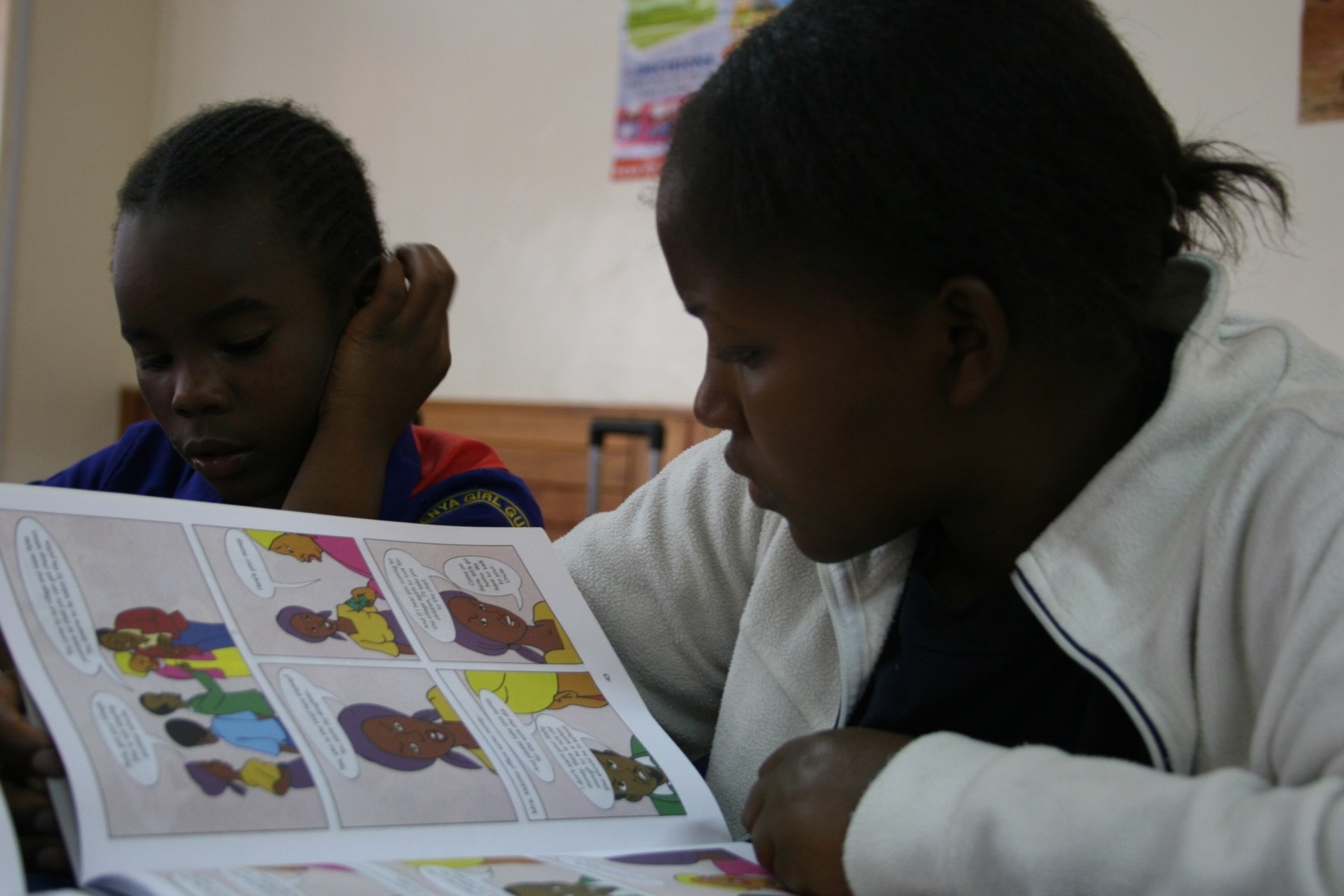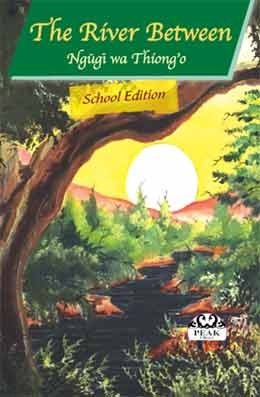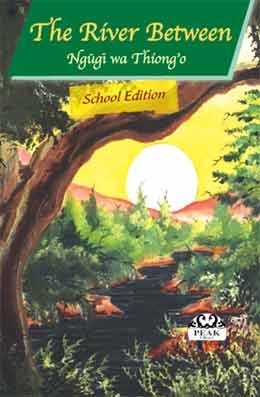The Movie Hotel Rwanda might have done a lot to sensitise the world on the 1994 Rwandan genocide, but not many people in Rwanda are happy about it.
So much such that there is nothing in or around Hotel des Mille Collines that says that this is actually the hotel that was famously depicted in the movie.
One naturally assumes that the huge publicity generated by the Hollywood movie, directed by Terry George and starring Don Cheadle, might be taken upon by Rwandan authorities to promote it as a popular tourist destination.
The movie tells the story of Paul Rusesabagina, acted by Cheadle, the manager of the hotel, at the time of the genocide, and who is credited with saving the lives of more than 1200 refugees, who had camped there.
Now, the name Rusesabagina is spoken of, not with fondness, but with contempt, by certain quarters in the country. In fact, government officials want nothing to do with Rusesabagina, a Hutu.
The Rwandan government, comprised mainly of Tutsis and moderate Hutus, and who were on the receiving end of murderous Hutus during the genocide, are angry that the movie depicts Rusesabagina as a hero who saved people’s lives. They say that is not the case.
While at some point, following the release of the movie in 2004, Rusesabagina carved himself a high profile career, in Europe and the US, giving talks about the genocide, he is currently faced with tough questions back at home.
Authorities in Rwanda are deeply angered by the fact that Rusesabagina, courtesy of his high profile, today goes around the world allegedly trying to absolve the genocide masterminds of the crimes they committed.
So concerned, about Rusesabagina’s alleged portrayal in the movie, and what he is doing with the recognition, that a book has been written to specifically challenge his story in the movie.
Hotel Rwanda: Or the Tutsi Genocide as seen by Hollywood, co-authored by Alfred Ndahiro and Privat Rutazibwa was launched on Thursday, March 13 in Kigali. It was launched at Hotel des Mille Collines, the very place Rusesabagina was supposed to have carried out his heroic deeds.
Speaking in halting English that rainy evening, Bernard Makuza, Rwanda’s current prime minister, expressed his disgust with the movie and particularly the Utalii College-trained Rusesabagina.
The Prime Minister’s anger is perhaps informed by the fact that at the time of the genocide he was among those who sought refuge at the hotel.
He narrated how, during the Screening of the movie at the Serena Hotel in Kigali, he actually averted his gaze from the screen during the whole time the movie was being screened. “I only attended the screening of the movie out of protocol, as a government official. Otherwise there was no way I would have gone there,” said a fuming Makuza.
Apart from the prime minister, there were other persons who were at the hotel then, and who gave their testimonies, all of them saying that Rusesabagina was anything but the hero depicted in movie.
Serge Sakumi, who was 14, at the time recalls how a relative brought them to Hotel Mille Collines, only for Rusesabagina to turn them away for lack of money. He had turned out at the hotel with nine of his siblings.
All the while, armed Interahamwe militia were roaming the road waiting to pounce. “I was about to be killed in front of the hotel because I had no money. Rusesabagina does not have a human heart,” he charged. “How can he call himself a hero if he had no mercy on children.”
The book is filled with testimonies of how Rusesabagina harassed those in the hotel for payment and threatened to throw out those who did not have money.
“Many other Rwandans who took refuge in the hotel have publicly declared that the heroic acts attributed to the character of the film bear no resemblance to the reality of events there over that three-month period,” says the book.
It adds: “it should also be pointed out that the hotel manager, unlike the saviour portrayed in the film, initially prevented the refugees from procuring food from the Red Cross because he preferred to sell them the hotel supplies.”
Among other evidence book reproduces a copy of fax sent to Rusesabagina, from the hotel owners in Belgium, instructing him not to charge for food that was acquired for free.
In the movie Rusesabagina is depicted as a resourceful person, who persuades the architects of the genocide to spare the refugees by bribing them with cigars, alcohol and a little money.
“… General Bizimungu and his cohorts were not poor wretches that could be bribed with goodies…they were the cream of the genocidaires, that is, hardened killers with everything they could desire at their disposal, who had the power of life and death over almost everyone,” writes the authors.
In any case, the book argues that these genocide plotters were Rusesabagina’s friends, and that they would constantly drop in at the hotel for refreshments. It adds that through his ‘useful’ contacts with Georges Rutaganda, the Interahamwe vice-president, Rusesabagina was able to have a steady supply of alcohol at the hotel. “Not surprisingly, the senior officers of the Rwandan Armed Forces needed a quiet, safe place where they could quench their thirst and organise their next move after a killing spree,” says the book.
However, in his book Shake Hands with the Devil, LGen Romeo Dallaire acknowledges that Rusesabagina’s act of giving alcohol to the genocidaires contributed in a small way in saving the refugees in that hotel.
It should also be recalled that Rusesabagina’s wife, a Tutsi, and their children were also camped at the hotel, thus he had an obligation, if only to his family, to ensure that Tutsis in that hotel were out of harm’s way.
If as the book claims that Rusesabagina did not save the refugees from the genocide plotters who used to frequent the hotel, then how come these people did not come under attack?
Among other things the book owes the people’s safety to the UNAMIR, the United Nations peace keepers in Rwanda. It also says that expatriates, UN and other NGOs personnel, as well as international journalists were housed there, “which was enough to deter would-be murders from the wholesale massacres that were going on in the rest of the country.”
Rusesabagina’s credibility was dealt a further blow when Valerie Bemeriki, who was a presenter with the infamous Radio Television Libre des Mille Collines, (RTLM) and who is currently serving a life sentence in prison, for her role in the genocide, told researchers for the book that Rusesabagina used to pass on names to RTLM. “…I also know that if you reported anyone, like I used to do on radio…you put them on death row. That’s what he (Rusesabagina) used to do; he gave us the names we broadcast on RTLM,” Bameriki is quoted as saying.
It would appear that authors of the book put in quite some work in researching for the book. They even unearthed information to the effect that Rusesabagina at some point, while still working Hotel Mille Collines, in the early ‘90s, used to spy on Tutsis for the Rwandan Intelligence services.
And in what appears to be an obsession with the man, they have traced his every move. They are well aware that Rusesabagina formed the Hotel Rwanda Rusesabagina Foundation (HRRF), and whose registered directors are Rusesabagina, his wife and his two sons-in-law.
The authors also know that all the monies raised by the foundation actually goes into Rusesabagina’s personal account. Perhaps their real reason for hounding him, is the fact that “he used his newly-acquired fame, thanks to Hollywood to indulge in petty politicking that exposed his ethnic and revisionist tendencies.”
At some point Terry George, Hotel Rwanda’s director found himself in the thick of this controversy. In an article he wrote to the Washington Post in May 2006, seeking to clear his man, he suggests that the fact that Rusesabagina intends to form a political party, is causing the Rwandan ruling elite anxious moments. He nevertheless concludes that Hotel Rwanda 2 “is a sequel I never want to make.”
Suggested reading Shake Hands with the Devil by LGen Romeo Dallaire, An Ordinary Man, by Paul Rusesabagina, A People Betrayed: The Role of the West in Rwanda’s Genocide by Linda Melvern.




